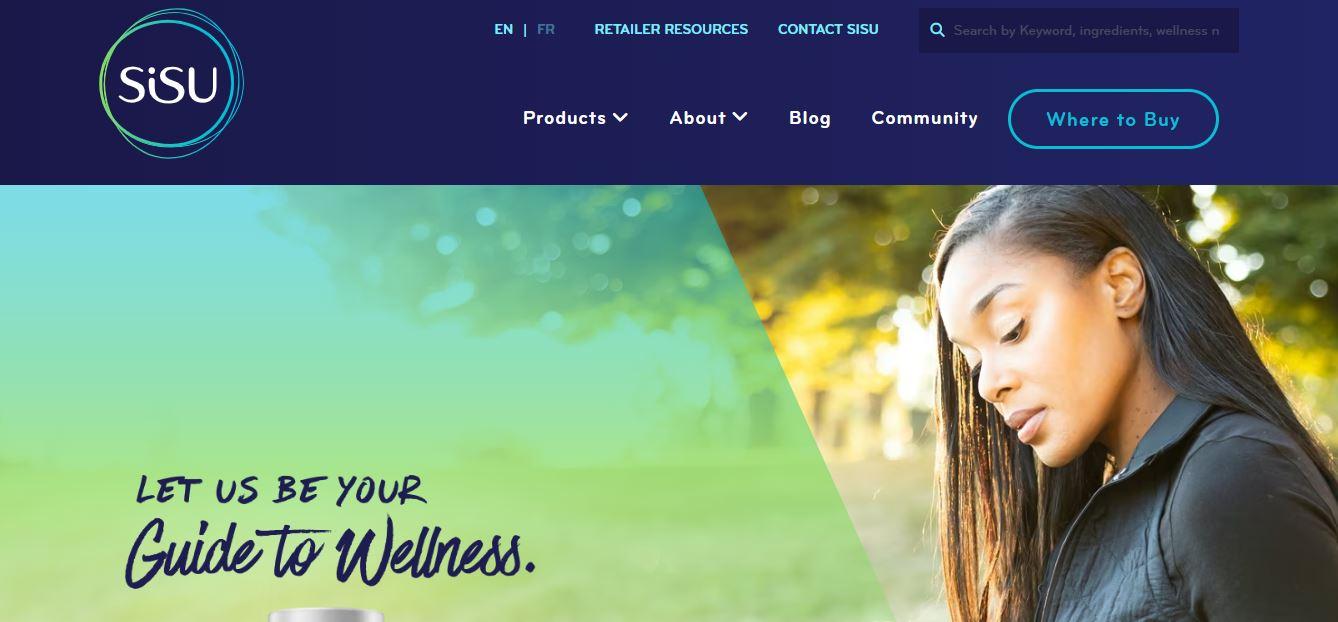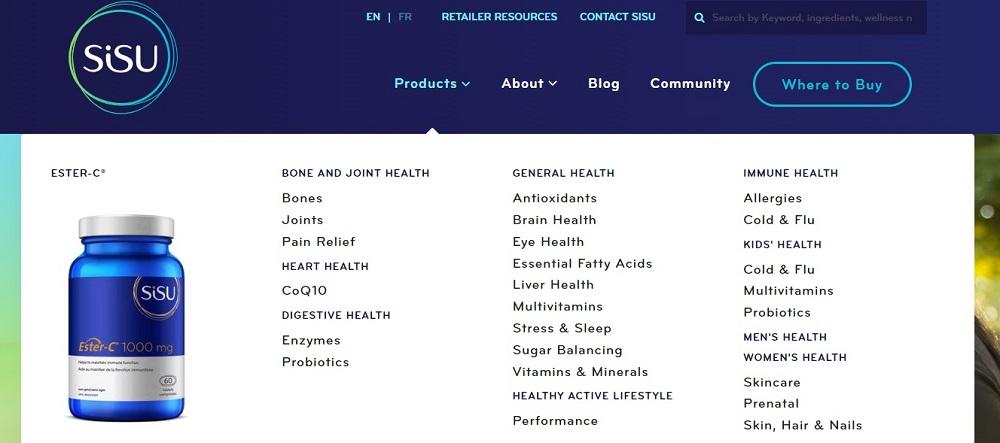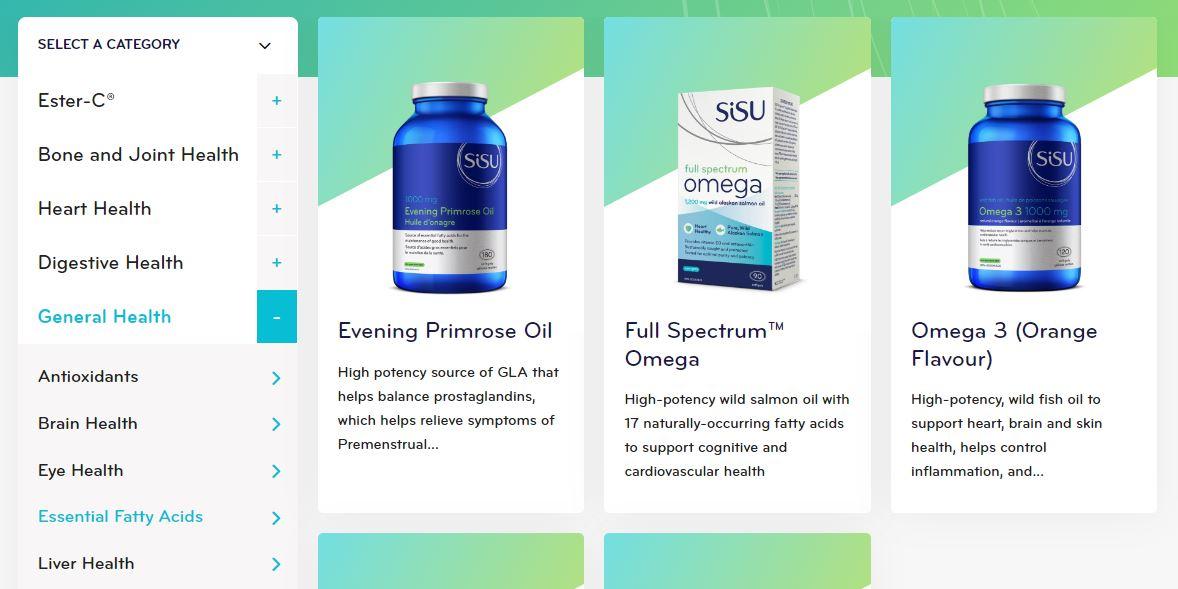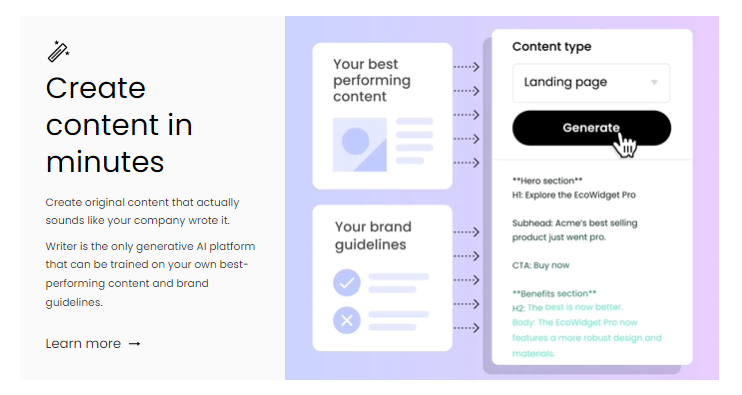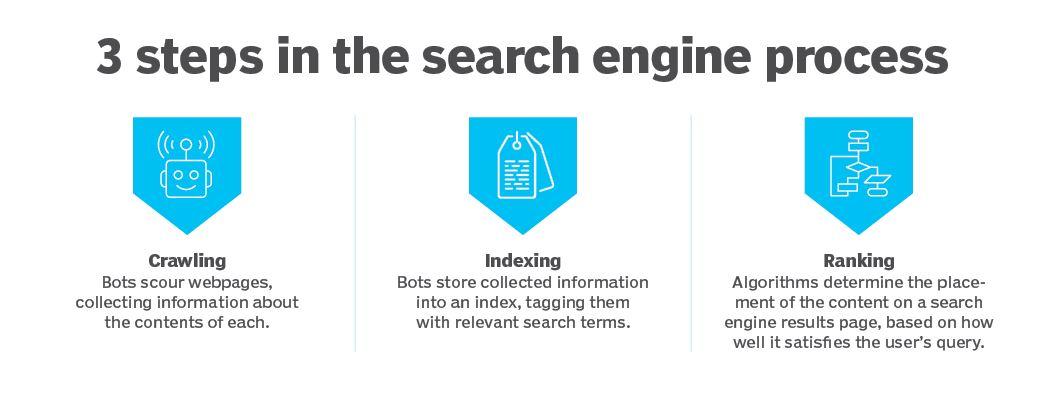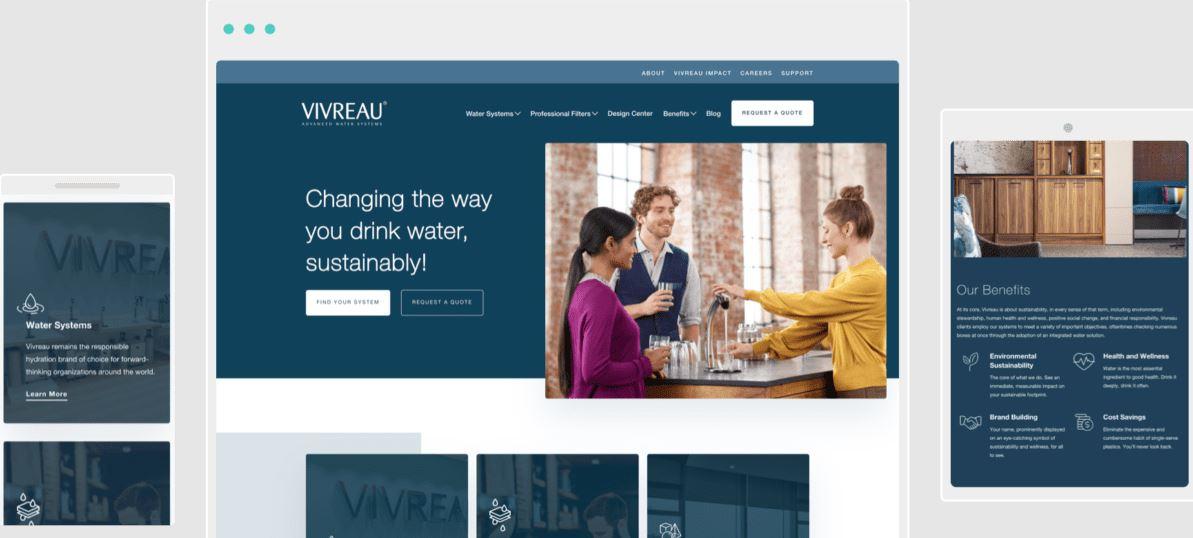Digital marketing relies heavily on web development and design. Your website is often the primary online channel for engaging with prospects and customers. If your Shopify or WordPress website is not performing as well as you’d like, your business is missing out on sales.
It’s crucial to provide visitors with a positive image of your business and make it easy for them to use your site. But optimizing for major search engines like Google and Bing is even more important, because search is a vital source of website traffic.
If you’re looking for ways to improve your website’s visibility and attract more targeted visitors, then understanding the role of web development in SEO is crucial.
In this article, you’ll learn the key elements of web development that impact your site’s SEO. We’ll also share examples and best practices to help you achieve better results.
5 key elements of web development in SEO
A well-designed and developed website directly impacts how search engines perceive and rank your site. Let’s explore which elements of web development impact SEO, and how.
1. Website Structure and Navigation
Think of your website as a well-organized library. A clean and logical structure with clear navigation doesn’t only help visitors find what they’re looking for – it also helps search engines understand your site’s content.
Let’s take the example of Canadian vitamins and supplements producer SISU, to illustrate the importance of website structure and navigation. The brand understands that its customers want to find their products quickly and easily. Hence, SISU’s website was designed carefully with a clear and logical structure.
Upon landing on the homepage, visitors are presented with a clean and visually appealing layout.
The top navigation menu includes the most important areas of SISU’s business. Hovering over the ‘Products’ tab reveals the brand’s products organized into categories, to ensure that visitors can directly navigate to the section that interests them.
SISU also incorporates a search bar prominently on every page, allowing users to search for specific items. This feature enhances the user experience by providing an alternative way to find products and reduces the need for excessive navigation.
While browsing category pages, visitors can see the additional side menu, which shows users their current location within the website. This feature not only helps users understand their position within the site, but also assists search engines in comprehending the website’s structure and content organization.
This positive user experience encourages repeat visits and customer loyalty, and also sends positive signals to search engines on the website’s relevance and quality.
So, ask yourself: Is your website easy to navigate? Are your pages organized into categories and subcategories? By ensuring a user-friendly and logical structure, you make it easier for search engines to crawl and index your content.
2. Page Speed and Performance
Nobody likes to wait for a slow-loading website. Page speed is crucial for user experience and a critical ranking factor for search engines.
Use online tools such as Google PageSpeed Insights or GTmetrix to analyze the current performance of your website. These tools provide detailed reports on loading speed, optimization suggestions, and areas that need improvement.
To improve, start by optimizing large images or unnecessary scripts. Minimizing file sizes, leveraging caching techniques, and opting for the best web hosting for search engine optimization can significantly improve your site’s performance and SEO.
Conduct cross-device and cross-browser testing to ensure your website performs well across various platforms. All web pages should be optimized for desktops, tablets, and mobile devices, and be compatible with popular browsers like Chrome, Firefox, Safari, and Edge.
You may need the help of a web developer to fix speed issues or to improve your scores, but it’s worth it to boost your site’s quality in the eyes of Google.
3. On-Page SEO Elements
On-page SEO involves optimizing individual web pages to rank higher in search results, and there are many aspects relating to a page’s build, styling, and structure.
Before you can start factoring on-page SEO into your development, you need to research and identify relevant keywords related to your content.
Your primary goal should be to create and publish high-quality, original content that is relevant to your target audience, addresses their search intent, offers value, and is engaging. But that content doesn’t help your business if nobody sees it, which is where on-page SEO comes into play.
Once you have your target keywords for a page or post, incorporate them naturally in the content including headings, paragraphs, and image alt attributes if applicable. Remember that image alt text helps visually impaired users understand your images, so avoid keyword stuffing there – and everywhere else on your site.
Stuck on what to write? Check out our list of 20 Awesome Blog Post Ideas for small business!
One of the most critical on-page elements is your page’s title tag (highlighted below). It must be relevant to the content and optimized for your keywords.
Meta descriptions, heading tags, and keyword-rich content throughout the page contribute to SEO success. But keep in mind that while keywords are important, the focus should always be on creating valuable, engaging content for your audience.
As mentioned in the first tip, Google loves structure. Utilize header tags (H1, H2, H3, etc.) to structure your content, and incorporate relevant keywords in headings if they fit naturally. Employ other header tags to organize subheadings and sections, improving readability and search engine understanding.
Include multimedia elements such as images, videos, and infographics to enhance user experience (and optimize your images!).
Utilize internal links within your content to guide users to relevant pages on your website. This improves navigation, spreads link equity, and helps search engines understand the structure and hierarchy of your website.
If you haven’t already, consider using generative AI technology to support your content creation processes. Writer, for instance, can help you create engaging and relevant content in line with your brand’s vision and business goals.
Just be sure to understand all of the pros and cons of SEO and AI content writing, and learn about how to write stellar AI writing prompts that yield better results – and always have a human review and rewrite AI content.
4. Technical SEO Considerations
Technical SEO refers to the optimization of your website’s backend (the code) to improve its quality and visibility to search engines. Technical SEO can have a significant impact on how search engines interpret and rank your website. Consider the following:
- Do you regularly update and submit the sitemap whenever new pages are added or changes are made, or use a plugin that does this for you?
- Are your URLs descriptive and SEO-friendly?
- Do you implement canonical tags to avoid duplicate content issues?
- Is your site utilizing schema markup to provide additional information to search engines?
- Do you have proper redirects set up for content that’s been deleted or moved?
You must secure your website with an SSL certificate to enable HTTPS encryption. HTTPS not only provides a secure browsing experience for users but is also a ranking factor for search engines. While you’re at it, learn how to speed up your site with fewer HTTP requests.
Protect your website from malware, implement firewalls, and regularly update plugins and software for enhanced security. Any time your site is down or not performing well, such as when it’s been hacked or attacked, can severely harm your rankings – and it takes a long time to bounce back.
Utilize tools like Google Analytics 4 and Google Search Console to track your website’s performance, identify technical issues, monitor keyword rankings, and gain insights into user behavior.
5. Accessibility
Accessibility also plays a huge role in SEO. Search engines value websites that are easy to use for all users, including those with disabilities.
Implementing alt tags for images, providing transcripts for videos, and ensuring your website is mobile-friendly will help all interested users access your site. Furthermore:
- Make sure your website can be navigated using a keyboard alone, as some users rely on assistive devices
- Use descriptive headings and proper semantic markup to assist screen readers
- Break up text into smaller paragraphs and use bullet points or numbered lists to improve readability
- The color contrast between text and background also ensures better readability
If you’re placing email signup forms, or any other forms, on your website (which you should!), ensure you’re asking only for essential information. Place clear and visible CTAs throughout your website to guide users toward desired actions.
By prioritizing accessibility and user experience, you’ll create a positive impression on both users and search engines.
The impact of web development on SEO
Now, let’s see how underperforming website elements impact search engine rankings.
Search Engine Crawlability and Indexability
Search engines crawl, index, and rank content across the internet. They use algorithms to decide placement on the results pages.
A well-developed website structure and navigation, coupled with clean code, make it easier for search engines to crawl and index your content. When search engines can efficiently navigate your site, they’re more likely to discover and display your pages in search results.
When they can’t crawl or index your content, they simply won’t show it in search results. And if what they find has issues or is low quality, it will rank poorly.
User Engagement and Dwell Time
Web development SEO practices, such as optimizing page speed, improving navigation, and enhancing the overall user experience, contribute to higher user engagement. These factors also affect dwell time, which is the amount of time users spend on your site.
Search engines take these metrics into account when evaluating your website’s quality and relevance. If users click to your site from search and spend a long time thoroughly reading your content and exploring the rest of your site, this will potentially boost your rankings.
Take Vivreau as an example. The brand had a complete redesign and rebuild of its website. The new responsive design and the site-wide SEO efforts have dramatically increased search traffic and user engagement. Today, Vivreau’s audience finds its content much more engaging and easy to explore, which resulted in 40% longer sessions.
As evidenced by their impressive post-launch numbers, site-wide SEO was improved by the redesign, and their audience finds their content much more engaging and easy to explore.
Bounce Rate
A high bounce rate occurs when visitors leave your website shortly after arriving, which can indicate that they didn’t find what they were looking for. It can also mean that they encountered an error, a painfully slow page load, or an unsatisfactory page experience.
- The average eCommerce bounce rate ranges from 20% and 45%
- Bounce rates below 20% are considered exceptional (or an error)
- High bounce rates can be a sign that you have a problem, although some content is intended to thoroughly satisfy a query – make sure you understand your bounce rate and when to be concerned
Google can’t see your actual bounce rate, but user behaviour such as quickly returning to search results and choosing another option (called pogo-sticking) tells Google all it needs to know. Your rankings will likely suffer.
By implementing effective web development strategies you can make sure your bounce rate is where it should be for each area of your website. A lower bounce rate tends to signal to search engines that your site provides valuable content, potentially leading to improved rankings.
Organic Search Visibility and Ranking
When you invest in web development that aligns with SEO best practices, you create a strong foundation for your website to gain visibility in organic search results. By optimizing key factors, enhancing user experience, and implementing technical SEO considerations, your site becomes more attractive to search engines, increasing the likelihood of higher rankings.
Older websites, or sites that aren’t built with SEO in mind, may look just fine on the frontend but be costing you in diminished visibility and less traffic.
Best practices for web development and SEO integration
So, how do you achieve optimal results? Here’s some practical advice on how to integrate web development and SEO:
- A collaborative approach between web developers and SEO specialists
The key strategy is to adopt a collaborative approach between web developers and SEO specialists. Open communication and collaboration between the teams are invaluable. By working together, you’ll ensure that your website is designed and developed with SEO in mind from the beginning.
The same goes if you decide to rebrand. Ensure your developing team and your marketers work closely and communicate frequently.
- Regular site audits, monitoring, and maintenance
SEO is an ongoing process, and so is maintaining your website’s code. Your website needs regular SEO monitoring and optimization, as well as attention to its development. From broken links to outdated content or duplicate meta tags, site audits enable you to address these issues promptly, ensuring your website is in top shape for SEO.
Make sure that you’re prioritizing and actioning issues appropriately, whether it’s using internal resources or outsourcing development and technical SEO needs. You may reach a point where an SEO-driven website redesign is a worthwhile investment compared to constantly reacting to issues.
- Keeping up with the latest web development and SEO practices
The digital landscape is constantly evolving, so it’s crucial to stay informed about the latest web development and SEO practices, news, and trends. This includes researching the latest web technologies, mobile optimization, security, and emerging SEO strategies, like content generation tools.
Have your SEO team keep an eye on changes in search engine algorithms and trends to adapt your web development strategies accordingly. Google’s tools, like Google Search Console, can provide valuable insights into your website’s performance and user behaviour.
Conclusion
As you can see, understanding the role of web development in SEO is key to improving your website’s performance and attracting more organic traffic.
By optimizing your website’s structure, enhancing page speed, and focusing on on-page SEO elements you’ll create a solid foundation for SEO success. You must also consider technical SEO aspects and prioritize accessibility and user experience.
As you embark on your journey to improve your website’s SEO, consider hiring a website development agency that specializes in SEO integration. They can provide expert guidance, save you time and effort, and ensure your website is fully optimized for search engines.
Don’t miss out on the opportunity to unlock the full potential of your website and reach new heights in the digital realm.

